In her IMFC statement, ECB President Christine Lagarde said economic indicators are pointing to a “strong rebound in activity” in tQ3. Though, the rebound is “uneven across sectors and regions”. A sustained recovery remains “highly dependent” on how the pandemic affects consumption, savings and investment decisions.
Lagarde expects inflation to “remain negative over the coming months”, but turn positive again in early 2021. Over the meeting term, ” a recovery in demand, supported by accommodative monetary and fiscal policies, will put upward pressure on inflation.”
She reiterated that “we continue to stand ready to adjust all of our instruments, as appropriate, to ensure that inflation moves towards our inflation aim in a sustained manner, in line with our commitment to symmetry.”




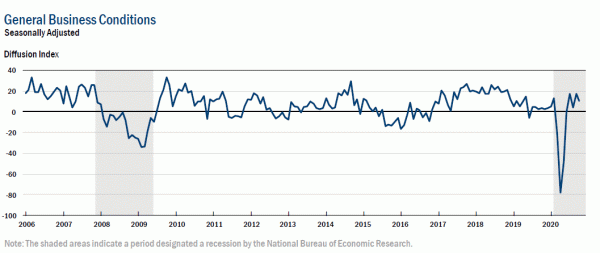
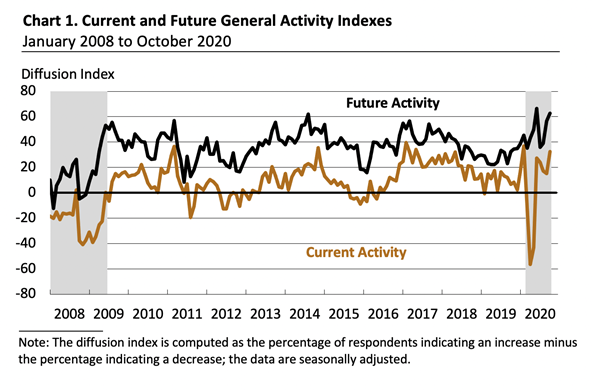
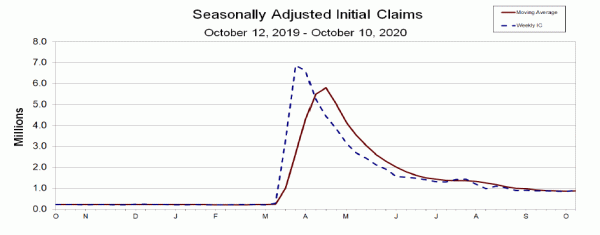
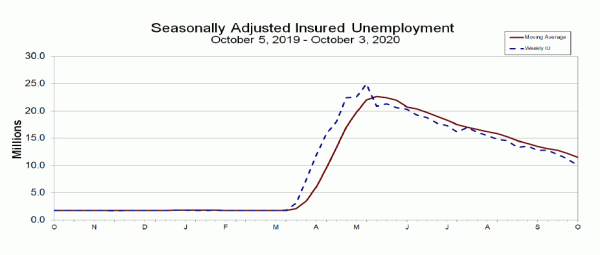
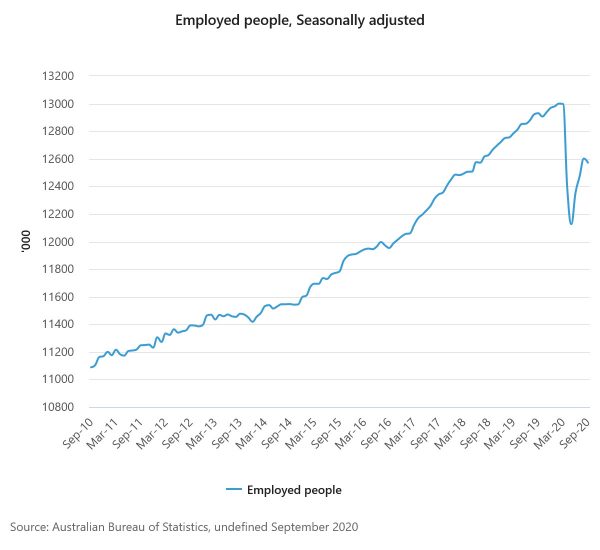
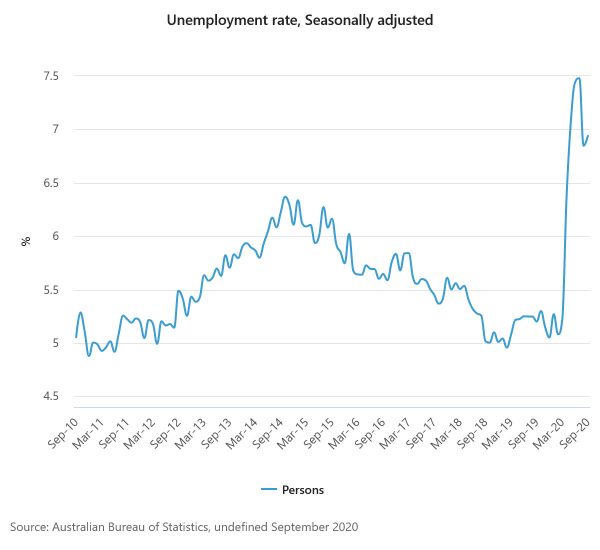
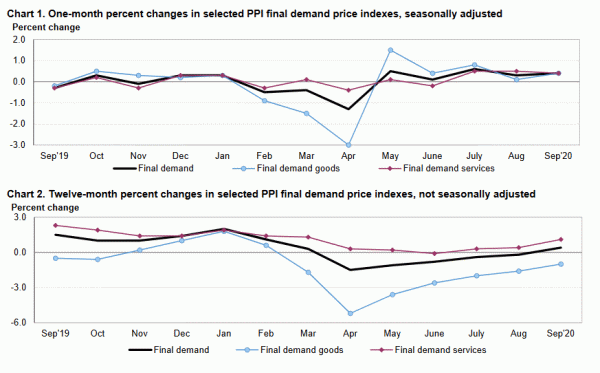
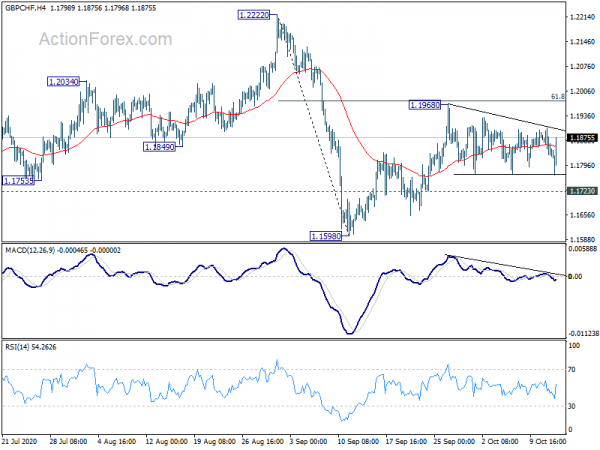
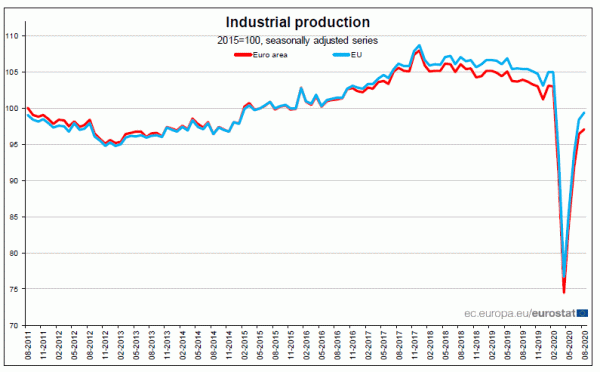

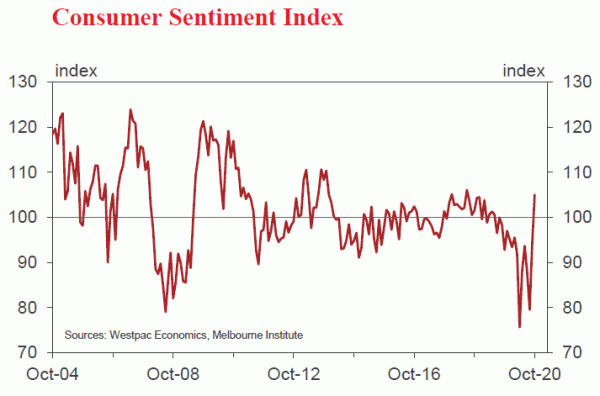
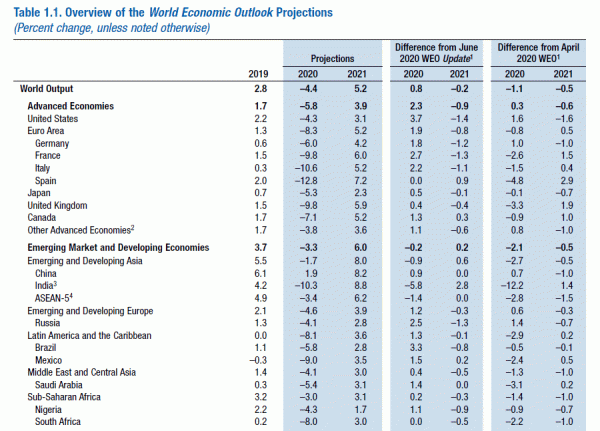


US oil inventories dropped -3.8m barrels, WTI hovers around 40
US commercial crude oil inventories dropped -3.8m barrels in the week ending October 9. At 489.1m barrels, inventories are around 11% above the five year average for this time of year. Gasoline inventories dropped -1.6m barrels. Distillate dropped -7.2m barrels. Propane/propylene dropped -1.9m barrels. Commercial petroleum dropped -16.8m barrels.
41.43 resistance appears to be a barrier for WTI oil price for now. Still, even if this level is taken out, we’d expect strong resistance from 43.50 to limit upside. Current price actions from 43.50 is seen as a consolidation pattern in medium term scale. That is, we’re not expecting a break from range of 34.36/43.50 any time soon.